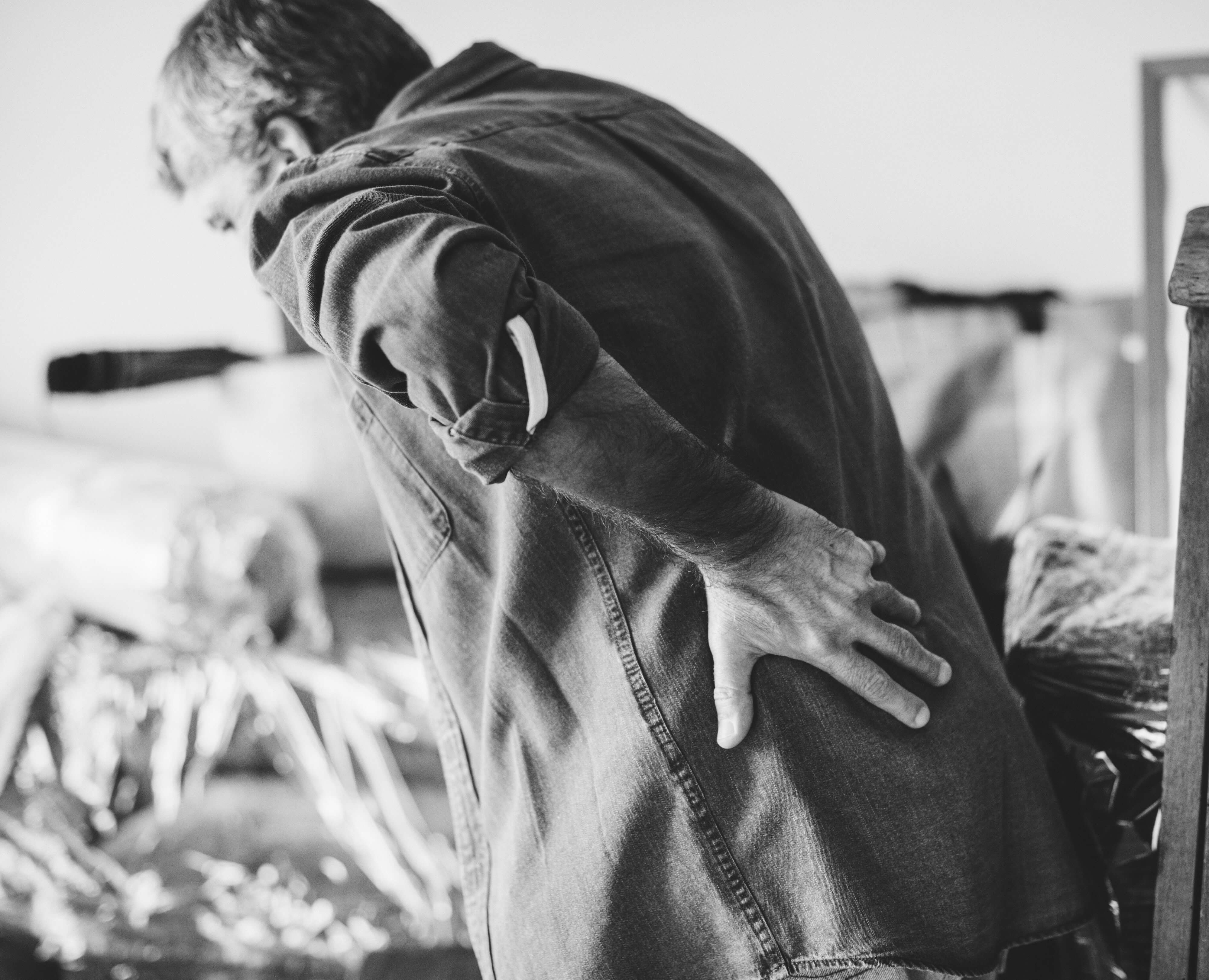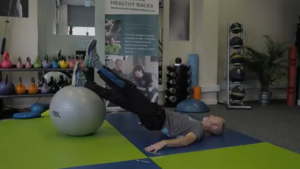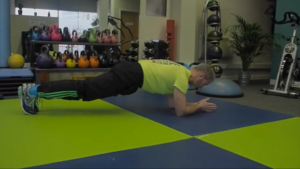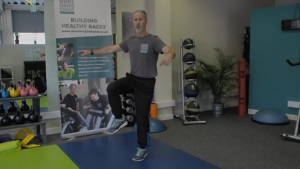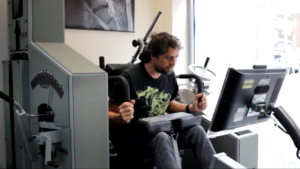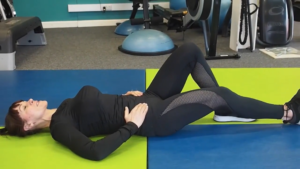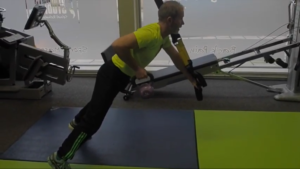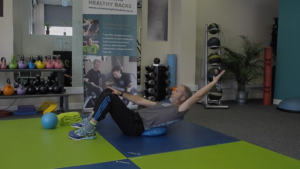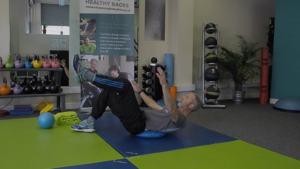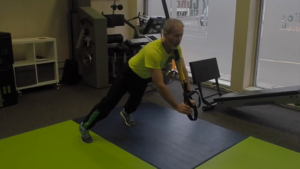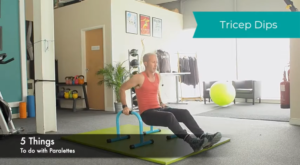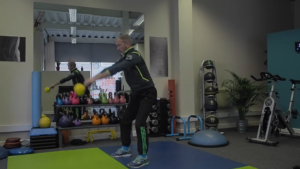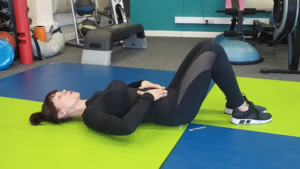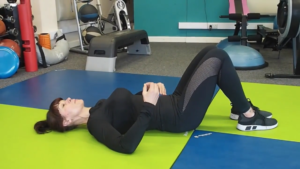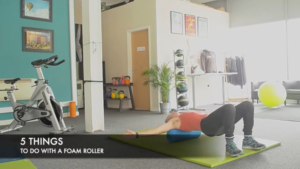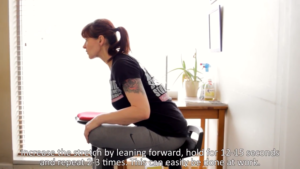The intervertebral discs are made up of a tough outer shell (Annulus Fibrosus) and a soft-jelly like substance (Nucleus Pulposus) contained within it. These discs separate the bones of the spine (the vertebrae) and act as shock absorbers, protecting the bones from things like lifting, twisting and impact.
When the outer shell becomes weak or torn, the inner substance can leak out. This is referred to a slipped or herniated disc. Sometimes the outer shell doesn’t tear but the inner substance causes it to protrude. This is referred to as a bulging or prolapsed disc.
Symptoms
- Pain and numbness, usually on one side of the body
- Pain which extends to your arms and legs
- Pain when you cough or sneeze
- Pain which gets worse at night or when moving in a certain way
- Pain which gets worse after sitting or standing for a period of time
- Pain which has developed quickly
Causes/Contributing Factors
Degeneration
As we age, discs can degenerate through wear and tear. This leaves them more vulnerable to tears and injury.
Smoking
Smoking decreases blood flow to the discs. This leads to less-healthy discs and degeneration.
Lifting
Discs can slip out of place if you lift with poor technique, move suddenly or twist and lift at the same time. Jobs requiring a lot of lifting put additional strain on the discs over time and can contribute to the risk of a slipped disc.
Weakness
If you have an underlying weakness in your core or back muscles, there is less support for your spine which means it’s more vulnerable to injury as it’s less protected.
Treatment
Painkillers and inflammatory medication can help with pain relief and reduce any swelling. In the first 48-72 hours, you can also ice the area to help with inflammation. Following 72 hours, heat treatments such as a warm bath or hot water bottle can help ease the pain and promote relaxation of your muscles.
It’s also important to work on your posture, maintaining the natural ‘s’ shape of your spine and avoiding slouching.
Exercises to strengthen the back and core muscles will also help. By working on the supporting muscles, your spine and discs will be under less pressure. Massage may also help by easing tension in the muscles.
To speak to a specialist therapist about the prevention and treatment of slipped discs, claim your complimentary ‘reduce back pain’ consultation, where you can discuss your back pain and receive advice on safe treatment for a slipped disc to avoid pain long-term.
To claim, enter your details below and we’ll be in touch to arrange your session.
Speak to a specialist
Complete the form below for a complimentary telephone consultation with one of our back specialists.
Request a sports massage
featured
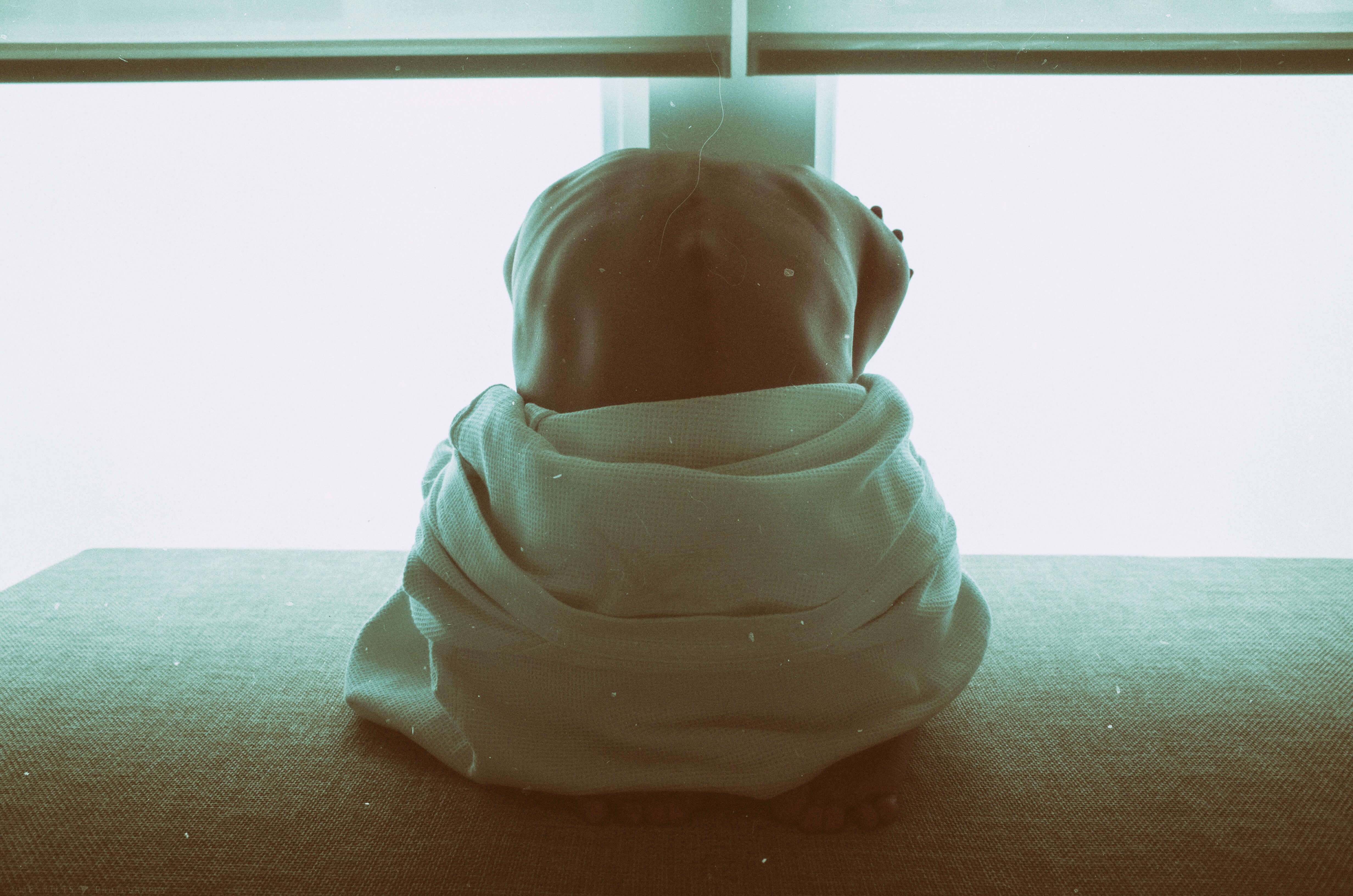
What is Sciatica?
With the approximate thickness of a pencil and running from the low back down to the feet, the sciatic nerve is the longest nerve in the body. It originates in the lumbar (lower) and sacral (at the base) regions of the spine, travels through the muscles in the buttocks, branches out down the leg and ...
Reading Time: 3 minutes >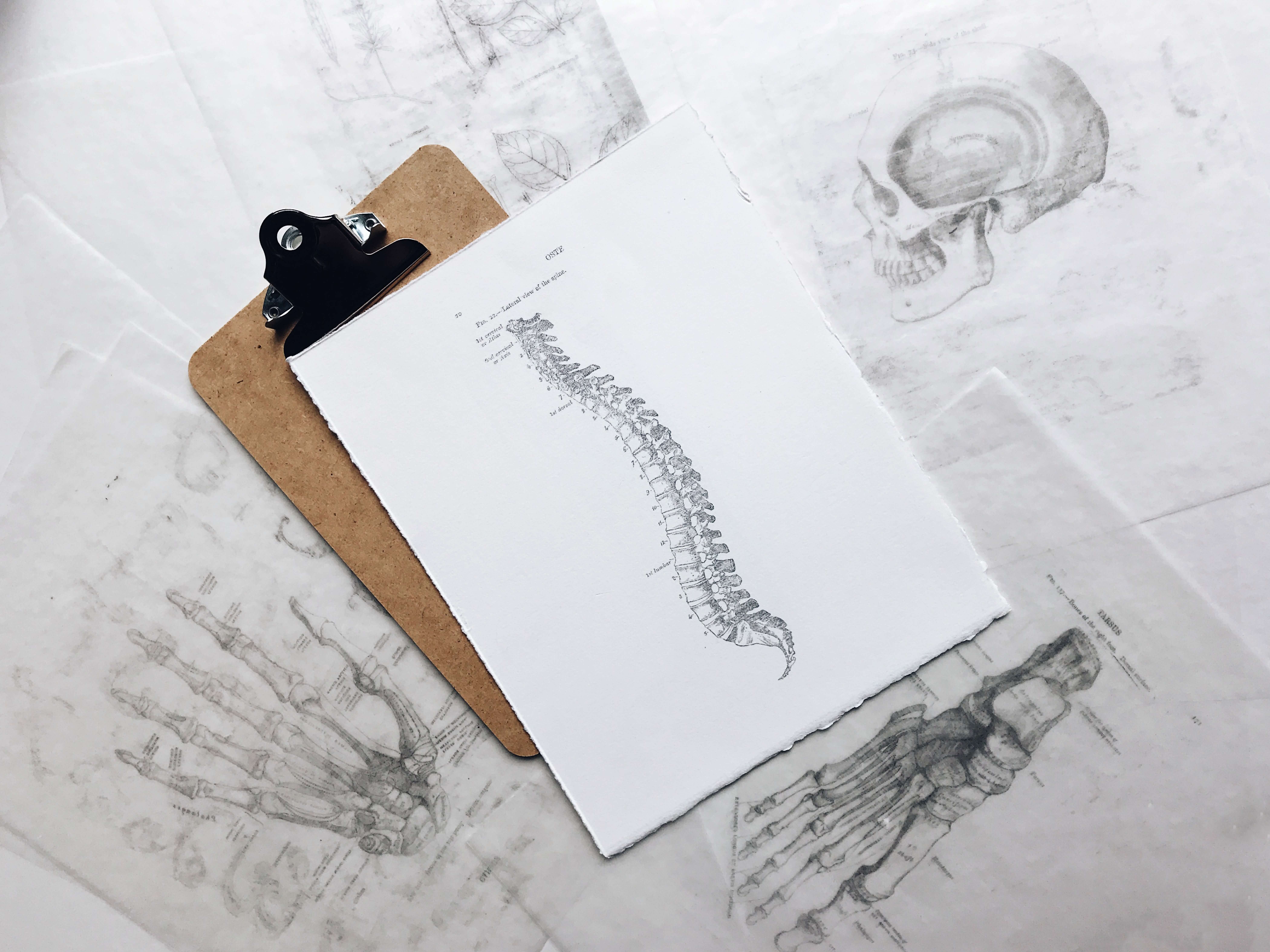
What is Facet Joint Syndrome?
Facet joints are the bony protrusions at the back of the spine which join the vertebrae together. They are the joints that make your back flexible and allow you to bend and twist. The joints are lined with cartilage and lubricated by a substance called synovial fluid. When healthy, the bones move freely over each ...
Reading Time: 2 minutes >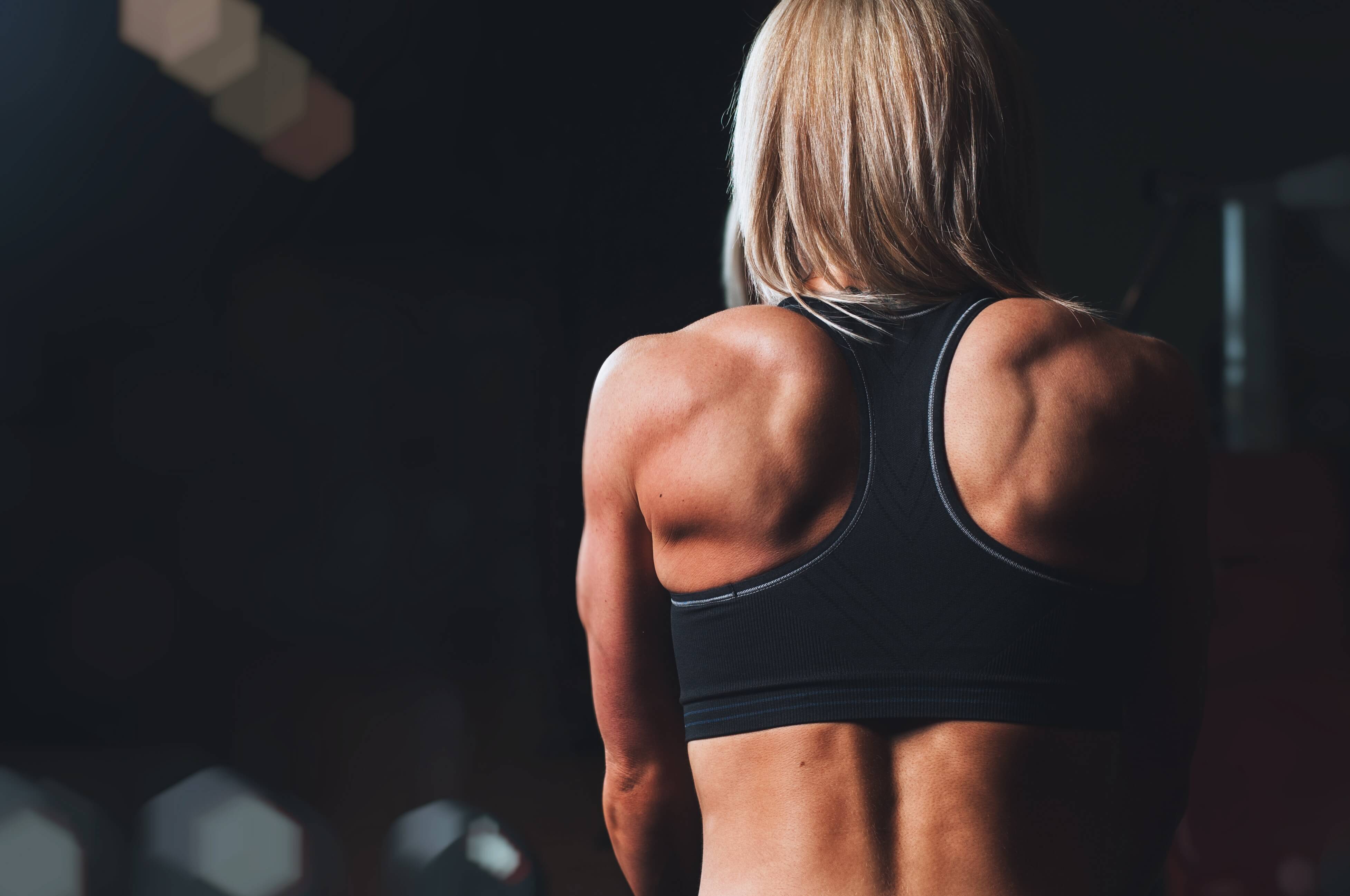
Anatomy of the Back
How is The Back Made Up? Your spinal column provides support for your body. Without it, you wouldn’t be able to stand upright, bend or twist. Vertebrae Your spine consists of 33 bones (your vertebrae) linking your skull and pelvis. Each vertebra has 3 main components; 1. The vertebral body at the back of the ...
Reading Time: 3 minutes >
